Ancient Warfare is a unique publication focused exclusively on soldiers, battles, and tactics, all before 600 AD. Starting with ancient Egypt and Persia and continuing to the fall of the Western Roman Empire, Ancient Warfare examines the military history of cultures throughout Europe, the Middle East and parts of Asia and Africa. Ancient Greece and Rome receive the most frequent coverage, due both to the wealth of contemporary sources and the modern fascination with these two great civilizations. Subject-matter ranges from the familiar to the more obscure: while Alexander the Great, the Persian Wars and Caesar’s Gallic campaigns all receive regular coverage, Ancient Warfare also looks at some of the less common parts of ancient military history, from chariots as battle taxis to PTSD in antiquity.
Ancient Warfare Magazine
PRELIMINARIES • NEWS ITEMS BY LINDSAY POWELL
HAVE YOU READ? • ON ANCIENT WARFARE: PERSPECTIVES ON ASPECTS OF WAR IN ANTIQUITY 4000 BC TO AD 637
THE CHREMONIDEAN WAR • Athenian armed resistance to the overlordship of Macedon did not end, as is commonly thought, with defeat at Chaeronea in 338 BC, or with the rebellion of 323-322 known as the Lamian War. Throughout the years of direct or indirect control of the city by the likes of Cassander and Demetrius Poliorcetes – years in which many democrats and lovers of freedom must have despaired – the embers still burned. There remained those who nurtured the view that Athens was still a major international player and could, or should, lead the Greeks in a bid for freedom from Macedonian oppression, just as they had in the past, in the days of Athens’ glory, against Persian oppression. Two of these optimists were Chremonides and his brother Glaucon, wealthy men with considerable political influence in Athens in the second quarter of the third century.
IT'S ALL GREEK TO ME • It is ironic that the man who could be described as ‘the father of Roman military history’ was not, in fact, Roman at all. The Greek historian Polybius, writing in the middle of the second century BC, not only offers us our earliest surviving written description of the Roman army, but he also seems to have been the first man to attempt the task at all.
The long, long arm of Polybius
The Roman acies triplex
POOR, VOLUNTEER SOLDIERS? • We have in our source record two different but equally coherent versions of the Roman republican army. The first is that described to us by Polybius and Livy, the army of the late third and early second centuries that resisted Hannibal and defeated the Hellenistic kings. This is the manipular legion, of three lines of differently equipped heavy infantry (hastati, principes, and triarii) supported by light infantry (velites) and citizen cavalry.
THE BATTLE OF ILIPA • We can think of the checkerboard deployment of the manipular legion as what modern militaries call a ‘standard operating procedure’ (SOP). This ‘standard’ was, however, sometimes tinkered with by various Roman commanders, with varying results. This article examines perhaps one of the most spectacular successes to result from such experimentation: the Battle of Ilipa, in 206 BC, in which the legions engaged in an intricate set of coordinated manoeuvres that resulted in the double envelopment of a massive opposing army and decisively ended the Carthaginian presence in Spain during the Second Punic War.
My kingdom for a horse
A MULISH TRADITION • There is a prevalent idea that the Roman army of the Republic was transformed into a standing professional army by Gaius Marius in the late second century BC. Yet, the ancient sources offer little to support the view that there was anything like a wide-ranging reform of the army in the late Republic. I hope to show that the ‘Marian reform’ is more a particularly robust myth created by modern historiography.
INDEPENDENT...
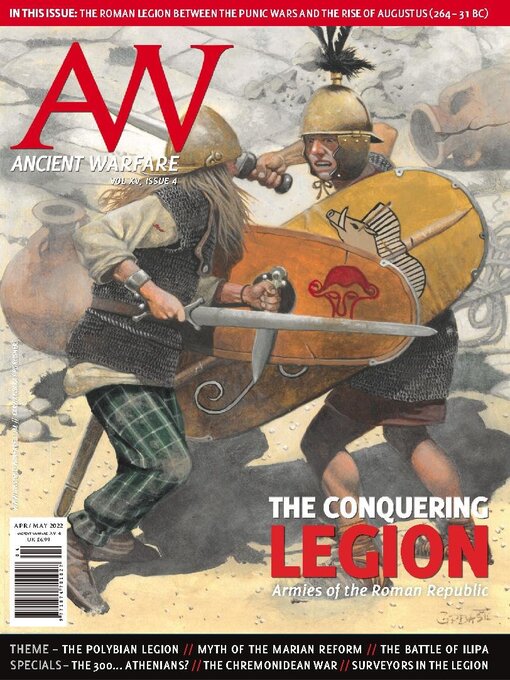
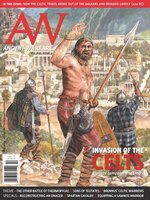 AW XVII.2
AW XVII.2
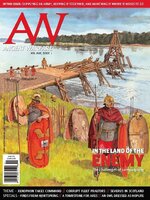 AW XVII.1
AW XVII.1
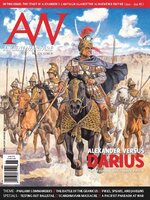 AW XVI.6
AW XVI.6
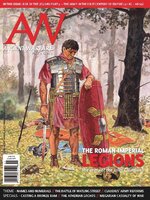 AW XVI.5
AW XVI.5
 AW XVI.4
AW XVI.4
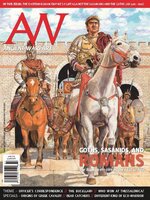 AW XVI.3
AW XVI.3
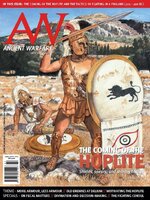 AW XVI.2
AW XVI.2
 AW XVI.1
AW XVI.1
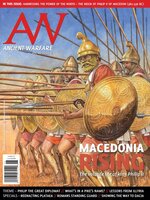 AW XV.6
AW XV.6
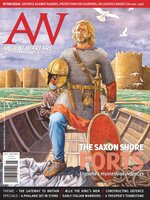 AW XV.5
AW XV.5
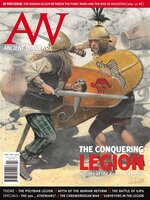 AW XV.4
AW XV.4
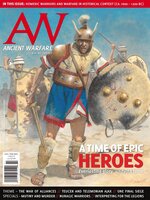 AW XV.3
AW XV.3
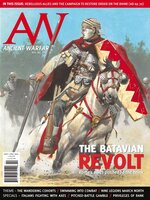 AW XV.2
AW XV.2
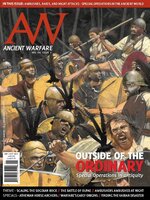 AW XV.1
AW XV.1
 AW XIV.6
AW XIV.6
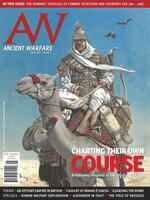 AW XIV.5
AW XIV.5
